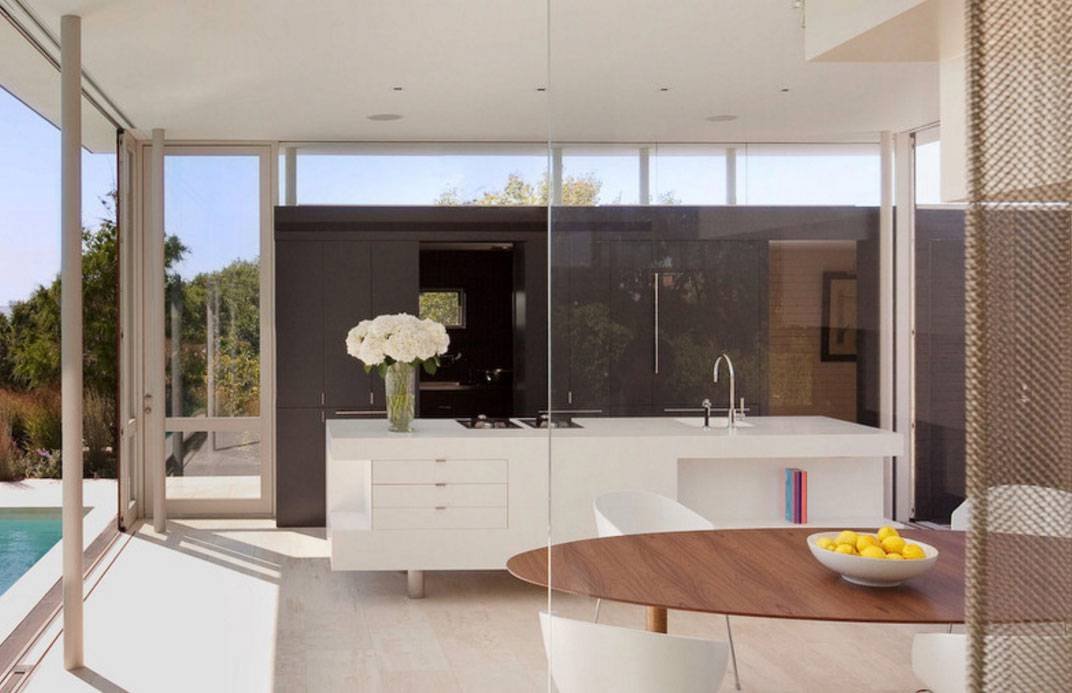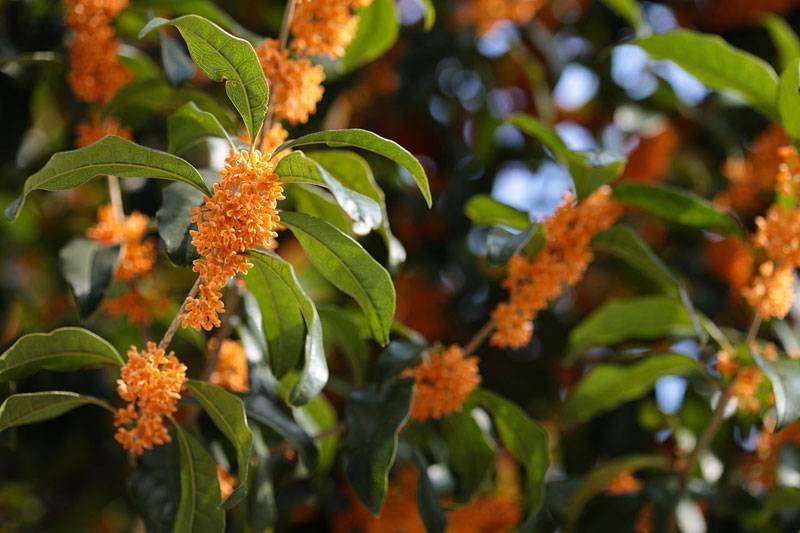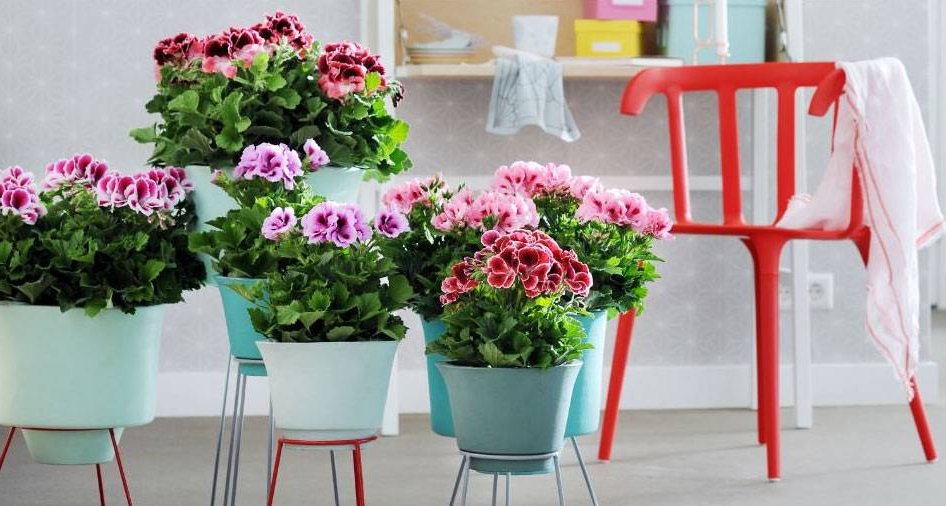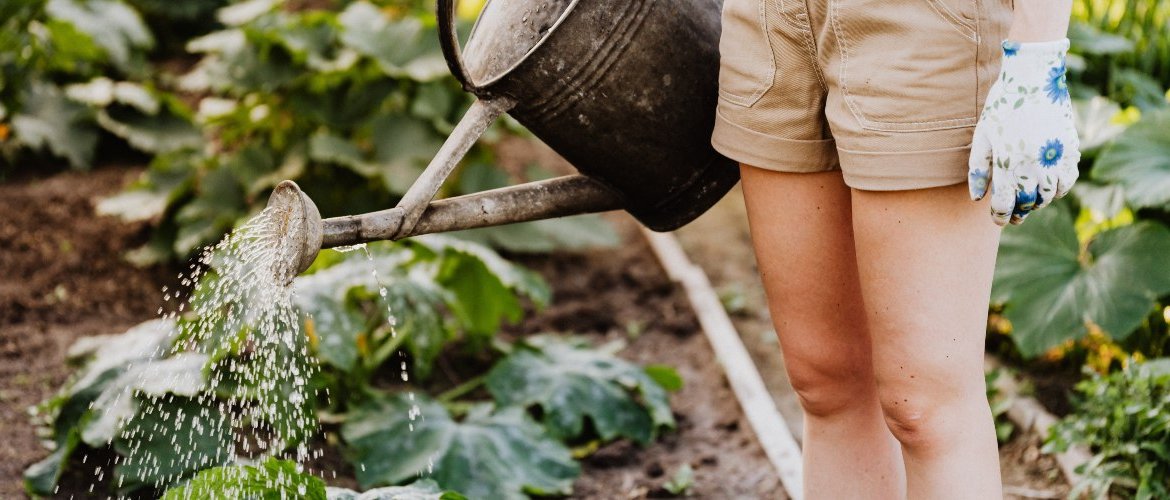Fragrance of white flowers indoors
Gardenias, Moorish jasmine and Madagascar jasmine: their names are enough to evoke white flowers and delicious scents. They are the Dutch Flower Bureau's March Plant of the Year.


Grown in small pots, they are perfect to enjoy indoors all year round.
Of course, they need a luminous space. In warmer areas of Spain they can live outdoors.

3 fragrant flowers
Moorish jasmine, from pink to white. Jasminum polyanthum. Looks much like the common jasmine (Jasminum officinale), although its foliage is darker and denser and it produces abundant clusters of pink buds that give way to small white flowers. It blooms over the course of a month in March or April. To grow indoors you will find it in small pots provided with an arch, globe or pyramid, where the stems are entangled. If it lives outdoors it will behave as an evergreen or semi-evergreen depending on the climate. It can reach up to six meters in height attached to a pergola, trellis or fence, and should be located in a very bright and ventilated place, even where it gets direct morning sun. You can grow it outdoors on the Mediterranean coast, Andalusia and central Spain as long as it is protected from cold and wind (it withstands up to -7º, but not continuous frosts). It lives well in sun or light shade. It tolerates heat and ambient humidity. You can apply any substrate, even slightly calcareous, but with good drainage. It should not dry out completely. Watering should be regular in summer but without excesses. As for maintenance, it should be pinched regularly to limit the expansion and direct the stems, as it grows quickly and is very fickle.

The exotic jasmine of Madagascar. Stephanotis floribunda. From spring to fall, the Madagascar jasmine emits clusters of fragrant white tubular flowers that look like wax and open in five lobes. It is actually a vine, so you will find it at your garden center in pots with a support where it entangles. The leaves are shiny and leathery, oval-shaped and dark green in color, it needs humidity and a ventilated place, protected from strong sun: the ideal is a bright semi-shade, at a temperature of 16-18º; in winter it should not fall below 10º nor exceed 30º in summer. Lack of light can cause the flowers to fall off. It can be grown outdoors if these conditions are met and it is a frost-free area, such as the Canary Islands and some parts of Andalusia, the substrate must be rich, fresh and well watered. It needs frequent watering when in flower so that the substrate does not dry out, but make sure that it does not accumulate at the base of the pot. Constant spraying will compensate for environmental dryness. If the stems have spread too much they can be pruned or pinched at the end of winter.

Gardenia jasminoides. The gardenia or Cape jasmine offers beautiful, fragrant flowers from mid-spring through September. They resemble a white or cream-colored rose with a double or semi-double corolla, which yellows as it ages. The shiny, dark green leaves are evergreen and the clusters are very compact. Gardenias symbolize secret loves and are given as a compliment to the beauty of a person, and can be grown indoors, with the advantage that the specimens will not develop too much. Locate it in a very luminous and ventilated place, warm and humid, but out of direct sunlight. To live outdoors it needs semi-shade, mild heat (16-26º) and ambient humidity; it can tolerate light frosts (up to -7º, zones 9-11); make sure that the substrate is acidic of medium constancy, permeable and enriched with organic matter. It should always remain moist (not waterlogged). Especially in summer it is not possible to neglect the watering. It is convenient to water it with not calcareous water (the excess of alkalinity produces ferric chlorosis), preferably by immersion if it lives in a pot. It will appreciate constant sprays of water on the foliage, but avoid getting the flowers wet.






